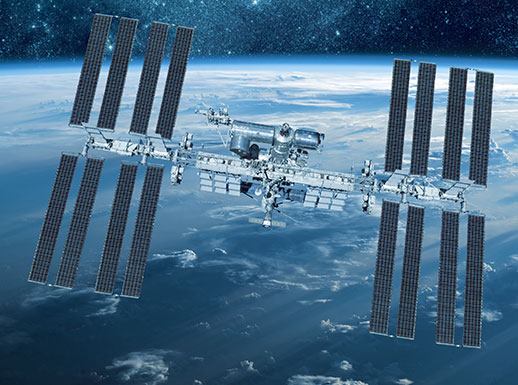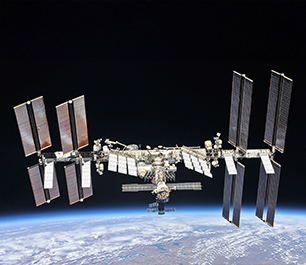
Space Stations
Building a permanent presence in the ultimate harsh environment
Space stations allow for long-duration human habitation and scientific research in low-Earth orbit. Unlike temporary vehicles, these complex, interconnected systems must be designed for continuous, reliable operation over many years. Constructed from a modules and components assembled in orbit, they are a testament to international collaboration and precision in engineering.
Space stations are comprised of critical subsystems that provide a habitable and functional environment for astronauts and scientific payloads. These orbital outposts enable groundbreaking scientific research and serve as a vital testbed for the technologies and procedures requires for future deep-space missions.
Safeguarding astronauts and systems against the cosmos
When reliability is non-negotiable, AEM's parts ensure seamless and undisrupted communication.
AEM's RF and microwave components are critical to the communication systems of space telescopes as they transmit immense volumes of scientific data (often terabytes of images and spectral information) back to ground stations on Earth. Our high-reliability fuses are essential for protecting the sophisticated and irreplaceable electronic systems of space telescopes.
- Low noise amplifiers (LNAs) amplify faint signals received from distant celestial objects without adding significant noise that would obscure data.
- Mixers are used to shift the frequency of received signals via heterodyne detection, making it easier to process signals and extract desired information.
- Filters are used to select specific frequency bands of interest, rejecting unwanted signals and noise.
- Waveguides are used to guide electromagnetic waves from one point to another.
- High-rel fuses protect scientific space telescopes from electrical faults, which can be caused by cosmic rays, solar flares, or other surges in the space environment.
